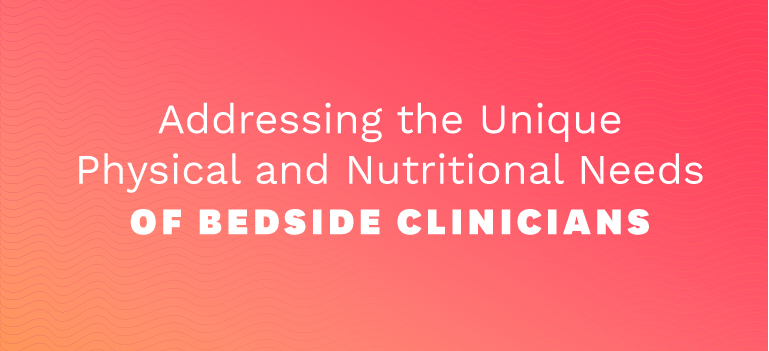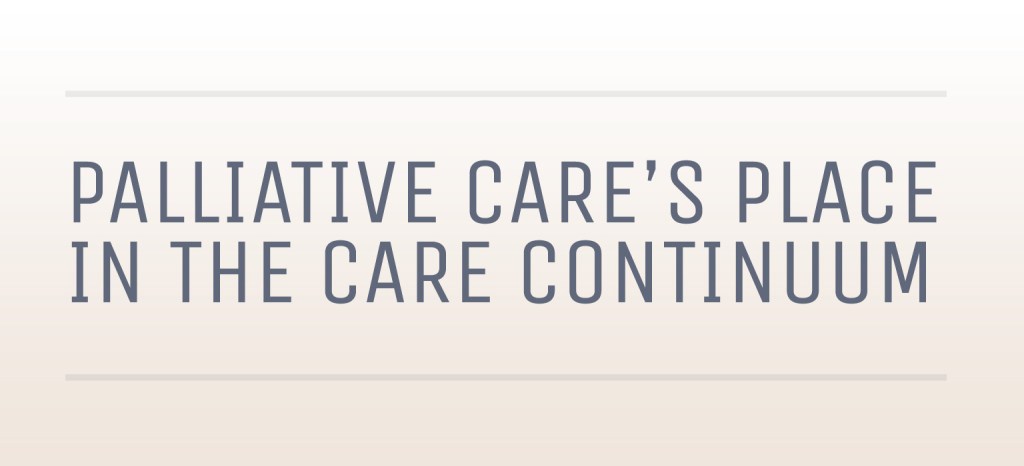
The pitfalls of compassion fatigue, secondary trauma, moral distress, and burnout are widespread in the clinical world. “Day in and day out, [nurses] are faced with trying to establish a relationship with individuals who are facing some of the worst things that you can possibly imagine,” said Georgetown University faculty Meg Carman. “This is the worst day, at the worst point in their life, and nurses are the ones who need to be there and be strong.” With ongoing research and better-informed workplaces, nurses can continue to make these relationships safer — for themselves and their patients.











